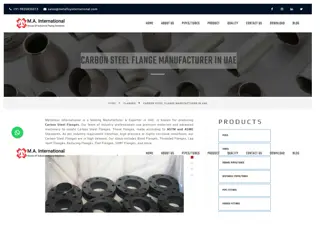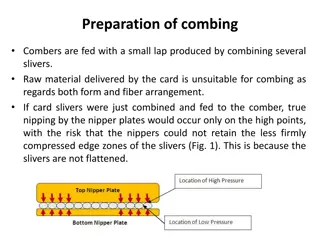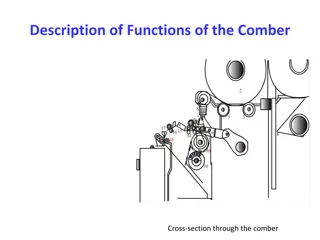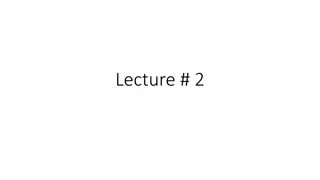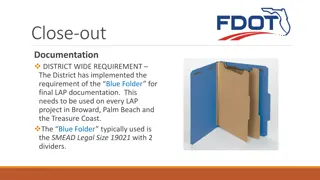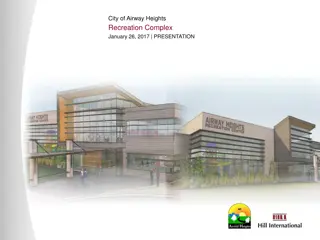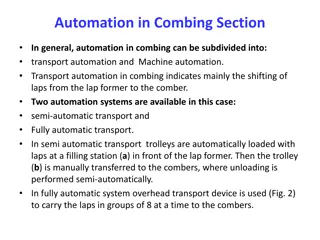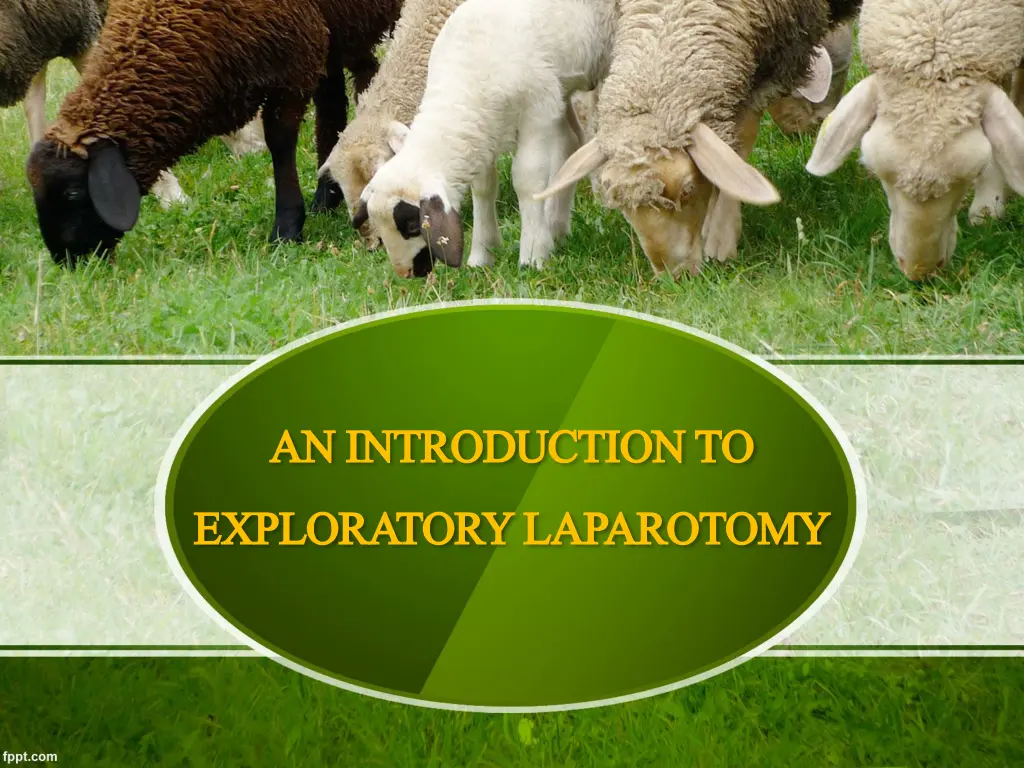
Exploratory Laparotomy: Procedure, Approaches, and Relevant Anatomy
Learn about exploratory laparotomy, a minimally invasive surgical procedure used to diagnose intra-abdominal diseases through direct inspection of abdominal and pelvic organs. Explore the left and right paralumbar approaches for performing exploratory laparotomy in ruminants, along with relevant anatomy information. Discover insights into when to use specific approaches based on suspected issues on the left or right side of the abdomen.
Download Presentation

Please find below an Image/Link to download the presentation.
The content on the website is provided AS IS for your information and personal use only. It may not be sold, licensed, or shared on other websites without obtaining consent from the author. If you encounter any issues during the download, it is possible that the publisher has removed the file from their server.
You are allowed to download the files provided on this website for personal or commercial use, subject to the condition that they are used lawfully. All files are the property of their respective owners.
The content on the website is provided AS IS for your information and personal use only. It may not be sold, licensed, or shared on other websites without obtaining consent from the author.
E N D
Presentation Transcript
AN INTRODUCTION TO AN INTRODUCTION TO EXPLORATORY LAPAROTOMY EXPLORATORY LAPAROTOMY
WHAT IS AN EXPLORATORY LAPAROTOMY? An exploratory laparotomy is a minimally invasive surgical procedure involving the opening of the abdominal cavity and examination of the abdominal organs. It is used in for the diagnosis of intra- abdominal diseases through direct inspection of intra-abdominal organs as well as pelvic organs. Exploratory laparoscopy also allows tissue biopsy, culture acquisition, and a variety of therapeutic interventions.
LEFT PARALUMBAR APPROACH Laparotomy is commonly performed either for exploratory purposes when a clinical diagnosis is still uncertain or for a specific purpose when a clinical diagnosis has already been made for cesarean section or rumenotomy (indicated for esophageal obstruction or free gas bloat). Flank laparotomy through the left paralumbar fossa is commonly used for exploratory laparotomy if a problem is suspected on the left side- the procedure is specifically indicated for left-sided abomasopexy, rumenotomy and caesarian section.
RIGHT PARALUMBAR APPROACH The right paralumbar approach is used for exploratory laparotomy if a problem is suspected on the right side, and is specifically indicated for surgical conditions of the abomasum, including right-sided omentopexy or abomasopexy, small intestine, caecum and colon. The right paralumbar approach will provide the best access to the abdomen and the most complete exploratory in the adult ruminant.
RIGHT PARALUMBAR APPROACH A right-flank approach may also be used for cesarean section when ruminal distention or right-sided positioning of the fetus causes the surgeon to consider the right side a superior approach to the left side.
RELEVANT ANATOMY In the ruminant, the most cranial forestomach, the reticulum, lies just caudal to the diaphragm and to the left of the midline, beneath the 6ththrough 8th ribs. The space left of the median, from approximately the 7thor 8thrib to the pelvis, is occupied by the rumen. On the right side of the ruminant lie the omasum and the elongated true stomach, the abomasum. The omasum lies near the ventral aspect of the 7thand 11thribs, and the abomasum extends from the xiphoid region to the 9thor 10thrib, occupying primarily the right side except for the fundus which deviates to the ventral aspect of the rumen atrium.
RELEVANT ANATOMY Right Left
RELEVANT ANATOMY
RELEVANT ANATOMY
INDICATIONS FOR AN EXPLORATORY LAPAROTOMY-GENERAL An abdominal exploratory is indicated whenever there is significant abdominal disease that eludes diagnosis such as: Chronic Vomiting Penetrating Abdominal Wounds Abdominal Pain Abdominal Fluid Accumulation Urinary Bladder Disease Abdominal Masses Intestinal diseases
INDICATIONS FOR AN EXPLORATORY LAPAROTOMY- COMPANION ANIMALS The most common indication in the companion animal practice is the ovariectomy or the ovariohysterectomy.
INDICATIONS FOR AN EXPLORATORY LAPAROTOMY- RUMINANTS The most important indications for a laparotomy in ruminants are: The surgical treatment of abnormalities of the digestive tract, for example, abomasal displacement. Surgical procedures to the urogenital system, such as Caesarean section
INDICATIONS FOR AN EXPLORATORY LAPAROTOMY- EQUINE The most important indications for a laparotomy in the horse are: Surgical treatment of abnormalities of the digestive tract, for example, displacements, strangulations, obstructions etc. Surgical procedures to the urogenital apparatus such as: In the mare: Caesarean section, ovariectomy, repositioning of a uterine torsion Stallion or gelding: Removal of abdominal testicles, removal of bladder stones, closing of ruptures to the bladder.






